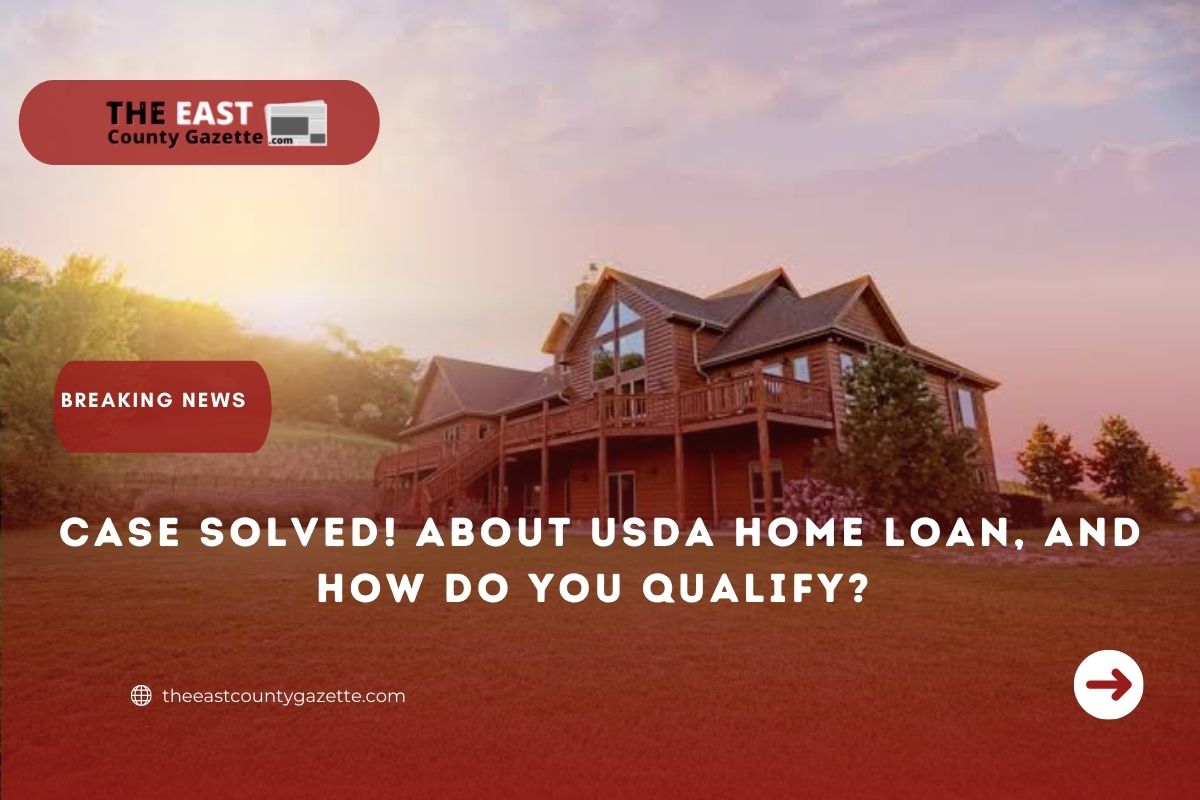Are you a citizen of the United States of America? Have your request for a mortgage (housing loan) been denied severally because you are a low-income earner, you have a low credit score, and you don’t have the required down payment;
Can you live in the suburbs comfortably and you are ready to move away from the city? If you can…then you are just a few information away from becoming a homeowner in the United States.
Before now, people lived in the suburbs, the economy of the suburbs flourished; especially Agriculture. But the city offered jobs, modernization and attracted people away from the rural areas to the city at the expense of the economy of the rural areas. Agriculture is dying, the villages are deserted and the city is becoming overpopulated.
Even when people decide to return to the rural area, they can’t live there because of the long transportation to the city every day for work. The welfare of the rural being at stake is why the United States Department of Agriculture (USDA) decided to attract people back to the rural areas by creating the USDA home loan program.
Read More: Social Security: New Executive Order Will Make Obtaining Benefits Easily
What are USDA Loans?
This loan is available to low and medium-income earners as a mortgage with low interest, zero down payment, and home improvement loans. This loan is available to home buyers who meet the terms and conditions.
The USDA has 2 routes…
The first is the Guaranteed Loan; where the home buyer approaches a local lender who has decided to work with the USDA terms and conditions for the loan. The USDA stands as a guarantor and will cover the debts in case the borrower is unable to return the loan. The risk won’t be on the Leander but USDA.
The second route comes into place for instance when their income is so low that the lender can’t borrow them or for other reasons. The USDA becomes the lender themselves and they issue the loan to the borrower.
Once the borrower buys the home, the USDA offers loans and grants up to $27,500 to homeowners to be able to repair and service their homes to improve the value and condition of their homes.
Some Peculiarities of the USDA Loans
Borrowers can’t choose a home wherever they like, it is limited to rural areas and occasionally underserved suburban
The home cannot be more than 2000 Sq ft, can’t have a swimming pool, can’t be used for income-generating activities, and the market value must be lower than the local market value.
The USDA must be able to verify that the borrower cannot get a loan from traditional mortgages or other means and that they don’t already have good housing somewhere else.
This is not a land loan, a home. must be present on the property.
This property must be the borrower’s primary place of domicile The borrower’s income cannot exceed the USDA’s determined income limit.
USDA Loans Vs Traditional Mortgages
The difference is in interest rates. Traditional mortgages depend on the lender’s perception of the borrower’s ability to pay back. Most of those who will qualify for the USDA loans are not perceived by the traditional mortgages to be able to pay back. The USDA interest rate is very low.
In traditional Mortgages, borrowers will have to pay a deposit. But USDA loans are with zero deposits. No down payments at all.
Traditional loans will expect that you spread the balance of your payment to 30 years which is fair but USDA loans can be spread up to 33-38 years of payments. You pay as you earn.

